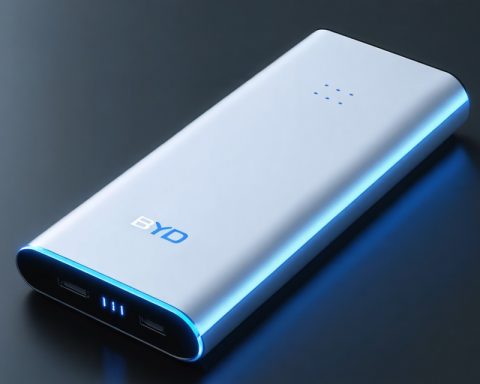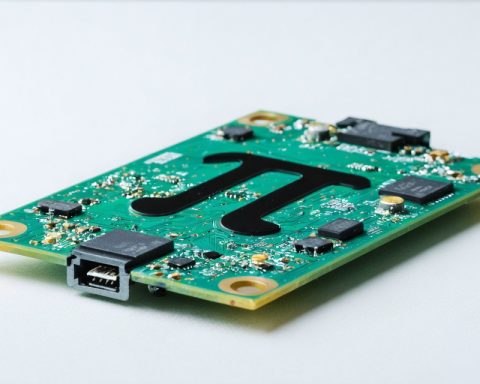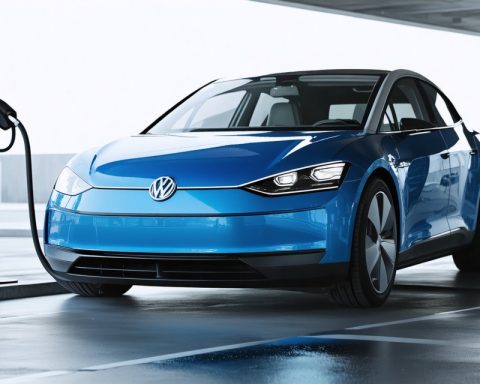- Mr. Deng aims to drive his Li Auto L9 electric vehicle worldwide but faces bureaucratic and logistical challenges.
- Li Auto’s global ambitions face geopolitical and regulatory obstacles, including safety documentation and trade restrictions.
- The company’s battery supplier, CATL, is blacklisted by the U.S. Department of Defense, adding complexity.
- Li Auto L9’s safety concerns include power loss and door locking during software updates.
- These issues highlight the intersecting challenges of politics, innovation, and safety in the global expansion of Chinese electric vehicles.
Mr. Deng, a spirited adventurer from Guangdong, envisions circumnavigating the globe in his sleek, 2023-model electric vehicle, the Li Auto L9. Yet, his journey hits an unexpected obstacle before leaving the driveway—a bureaucratic and logistical web as tangled as a rainforest canopy. His L9, a marvel of Chinese engineering, must be shipped to the U.S. However, the shipping company demands crucial safety documentation, which the manufacturer refuses to provide, claiming the vehicle is only suitable for use on Chinese roads.
Li Auto’s global ambitions clash with geopolitical realities. While the company’s promotional materials boast of its cars cruising through Los Angeles, and self-media influencers have showcased their L9s touring Europe and America, these journeys occur under the watchful eyes of corporate alliances. Individual requests, such as Deng’s, are met with disclaimers and corporate red tape, tangled further by the complexities of international trade restrictions.
Li Auto’s reluctance may stem from a broader concern; the company’s battery supplier, CATL, now blacklisted by the U.S. Department of Defense, faces scrutiny over alleged ties to the Chinese military. This geopolitical storm echoes through the automotive world, where even giant Volkswagen once danced around given restrictions as its cars languished in U.S. ports under similar dilemmas.
Amid this geopolitical chess game, safety concerns bubble to the surface. Cases of L9s unpredictably losing power and locking their occupants during software updates underscore the precarious balancing act between cutting-edge innovation and reliability.
Deng, gazing beyond the horizon, must pause. His electric dream, fraught with geopolitical and technical hurdles, reveals a sobering truth: the path to global acceptance of Chinese EVs is a winding road, where politics and safety walk hand in hand.
Is Li Auto Ready for Worldwide Roads? Uncover the Real Challenges & Realities Behind the Hype!
How-To Steps & Life Hacks for Navigating International Vehicle Regulations
How to Import a Vehicle into the U.S. from China:
1. Assess the Vehicle’s Compliance: Ensure the vehicle adheres to U.S. regulations, focusing on emissions, safety standards, and any additional restrictions. The National Highway Traffic Safety Administration (NHTSA) and the Environmental Protection Agency (EPA) websites provide crucial guidelines.
2. Obtain Necessary Documentation: Secure all required documents, including a Certificate of Conformity from the EPA and a Safety Certification from the manufacturer.
3. Consult a Broker or Legal Advisor: Given the complexities of import laws and geopolitical tensions, hire a professional to help navigate compliance and paperwork.
4. Shipping and Customs Clearance: Choose a reliable international vehicle shipping company and prepare for customs clearance, which involves paying duties and ensuring the car meets all U.S. road safety standards.
Quick Tips:
– Before initiating the import process, research which Chinese car models have previously been imported successfully.
– Consider the potential costs of modifying the vehicle to meet U.S. standards, which could include emissions systems, lighting, and safety features.
Real-World Use Cases and Market Trends
– EV Popularity in the U.S. and Europe: Despite the hurdles, there’s a strong demand for novel electric vehicles (EVs) in the West due to competitive pricing and advanced technology.
– Li Auto’s Market Ambitions: Li Auto aims to tap into this demand, boasting features like extended range and AI capabilities. However, real-world use cases remain limited due to geopolitical tensions.
Reviews & Comparisons: Where Does Li Auto L9 Stand?
– According to TechRadar, while the Li Auto L9 is praised for its technological features like autonomous driving capabilities and interior luxury, issues such as software glitches have been reported, casting doubt on reliability.
– When paralleled with competitors like Tesla or NIO, Li Auto often lags in brand recognition and trust outside China, which affects consumer decisions.
Controversies & Limitations
– Geopolitical Tensions: The listing of CATL by the U.S. Department of Defense amplifies the challenges for Li Auto in accessing Western markets.
– Safety Concerns: Notable incidents of power loss during updates, which resulted in occupants being locked inside, raise alarms about software reliability and vehicle safety.
Features, Specs & Pricing
– The Li Auto L9: Offers a spacious interior, cutting-edge infotainment, and over 800 km of range on a single charge.
– Pricing: Typically cheaper than Western EV counterparts, but import fees and modifications for U.S. compliance could diminish this advantage.
Security & Sustainability
– Battery Supplier Scrutiny: CATL’s connection to the Chinese military has sparked security concerns, affecting Li Auto’s reputation in Western markets.
– Sustainability: Li Auto claims its manufacturing process emphasizes eco-friendly materials and energy-efficient designs, aligning with global environmental goals.
Insights & Predictions
– Industry experts anticipate more stringent regulations and scrutiny for Chinese automotive imports as international relations shift and cybersecurity concerns grow.
– Despite challenges, consumer openness to EVs and demand for variety may eventually propel brands like Li Auto into a mainstream position, provided they address compliance and safety concerns effectively.
Actionable Recommendations
– For Consumers: If considering an overseas EV purchase, verify market compatibility and investigate local policies on foreign vehicles.
– For Li Auto: Collaborating with U.S. entities could aid compliance and improve market access, while prioritizing transparent communication to address safety concerns would enhance consumer trust.
Recommended Resources
– For the latest information on automotive imports, visit National Highway Traffic Safety Administration (NHTSA).
– To explore global vehicle emissions policies, check out the Environmental Protection Agency (EPA).
By understanding these multifaceted challenges and emerging trends, potential buyers and market watchers can make informed decisions and predictions regarding the future of Chinese EVs like the Li Auto L9.














